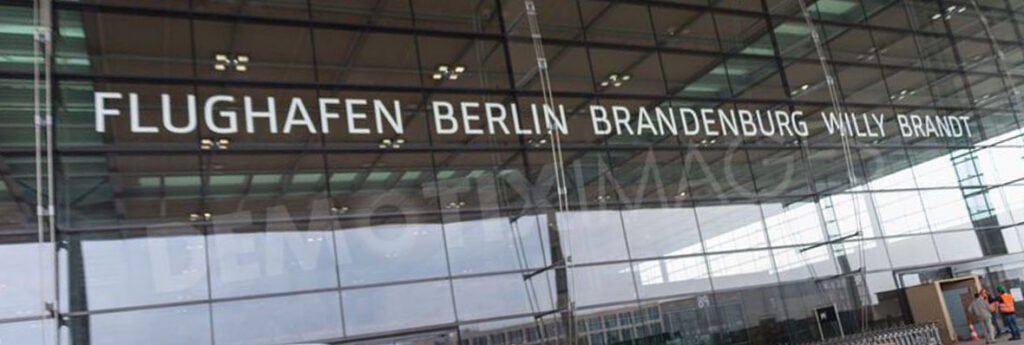Nine years late and far above its original budget, Berlin’s new airport finally opened on Saturday with little fanfare as the aviation industry struggles with the impact of the coronavirus pandemic. Construction of the Berlin Brandenburg Airport Willy Brandt, named after the former West German chancellor though better known as BER, started in 2006 and it was initially slated to open in October 2011.
However, a string of technical and planning problems forced officials to abandon six opening dates – most embarrassingly in 2012, just four weeks before flights were supposed to start.
That propelled the project to the status of a national joke as a succession of airport managers struggled to get a grip on problems that included issues with the building’s wiring and a complex fire safety system.
“Finally we can put our airport into operation – finally,” airport CEO Engelbert Luetke Daldrup said at a brief opening ceremony with national and regional officials. “It was a long road,. It wasn’t an easy road – everyone who is gathered here today knows that – so we aren’t celebrating a party today. We are just opening.”
The airport has cost some €6 ($9.3) billion – about three times what was originally planned. It is finally opening at a time when air traffic has been hobbled by the pandemic, and Germany will implement a four-week ban on hotels hosting tourists starting Monday as part of a temporary partial shutdown that also is closing restaurants and bars.
The opening of the new airport’s Terminal 2 has been delayed until early next year because it isn’t currently needed. Luetke Daldrup said that investing in the airport would pay off in the long term and it “will be an important guarantor for the economic development of the region.”
BER is located just outside Berlin’s city limits, with connections to the German capital and beyond from a railway station underneath the main terminal. Its opening spells the end for the former West Berlin’s relatively central but cramped Tegel airport, the busier of the two small Cold War-era airports that so far served the reunited city.
Special flights by budget carrier Easyjet and Lufthansa were the first to land at the new airport on Saturday. That kicks off a week-long transition, with the last flight from Tegel due to depart on Nov. 8. The former East Berlin’s Schoenefeld airport, which is located across the runways from BER, is being incorporated into the new airport as its “Terminal 5.”
Tegel and Schoenefeld handled a total 35.6 million passengers last year, putting Berlin in third place in Germany behind the Frankfurt and Munich hubs.
The airport’s opening prompted protests by climate activists, several of whom climbed onto the main building’s roof hours before the first flights landed. Police officers brought them down.

